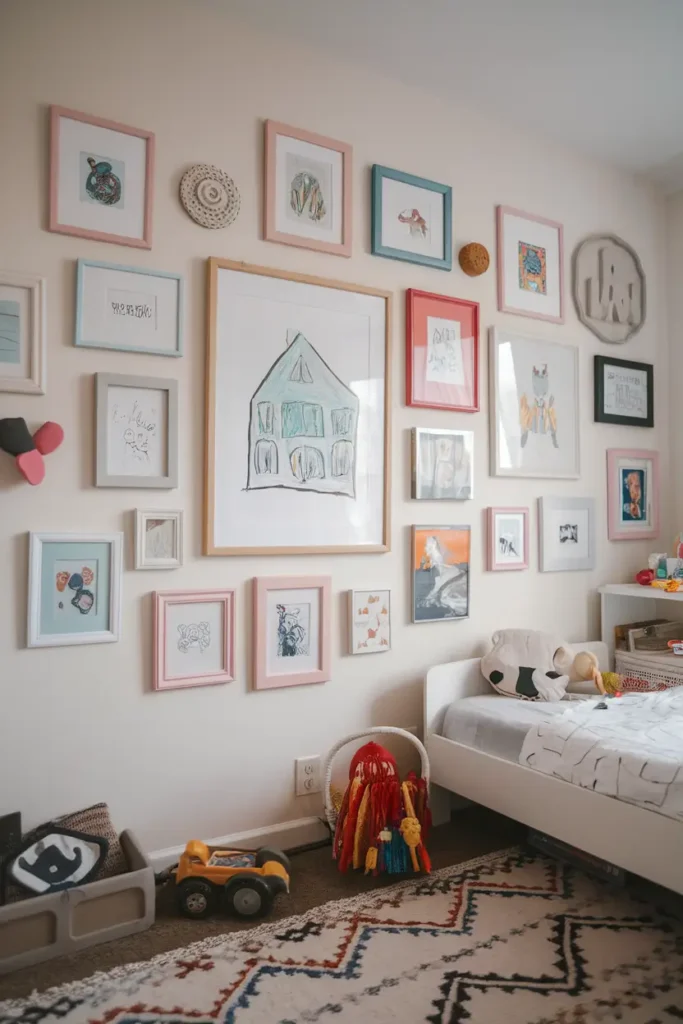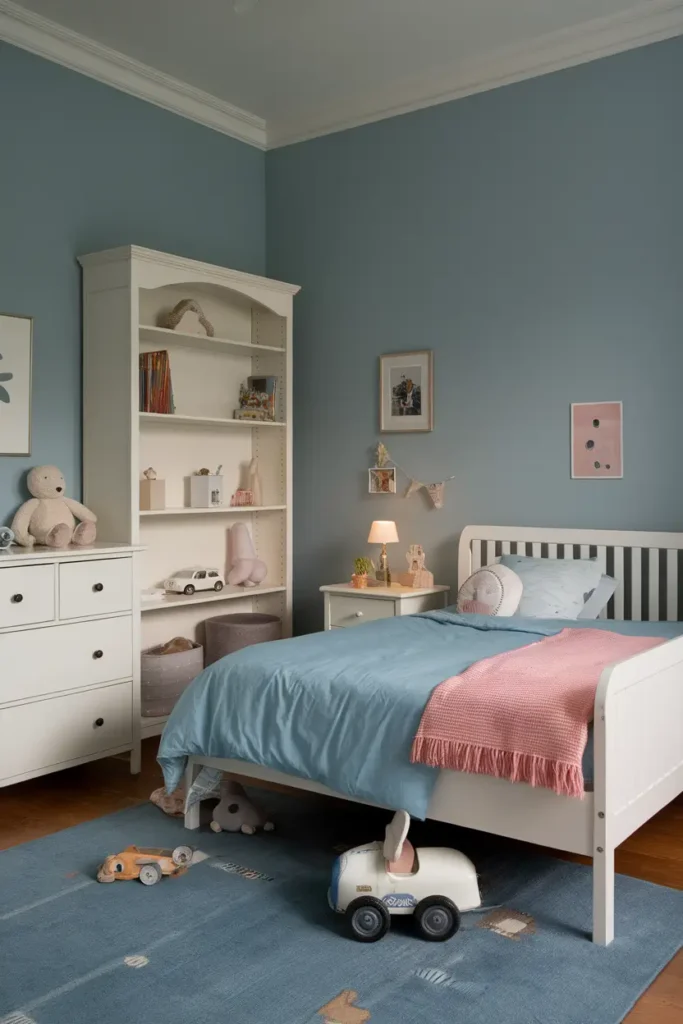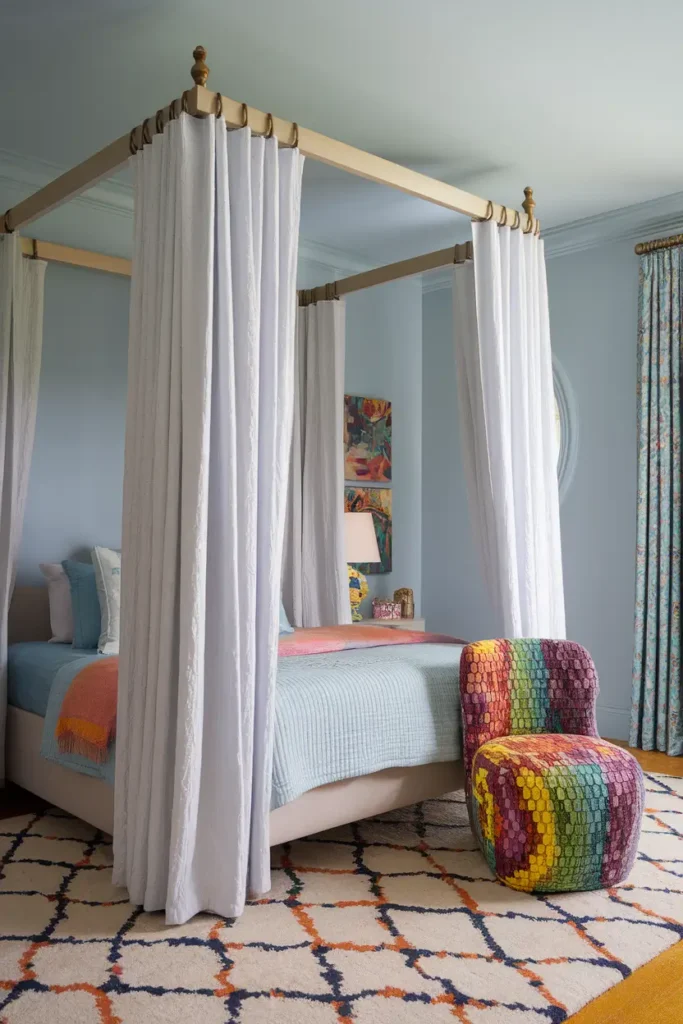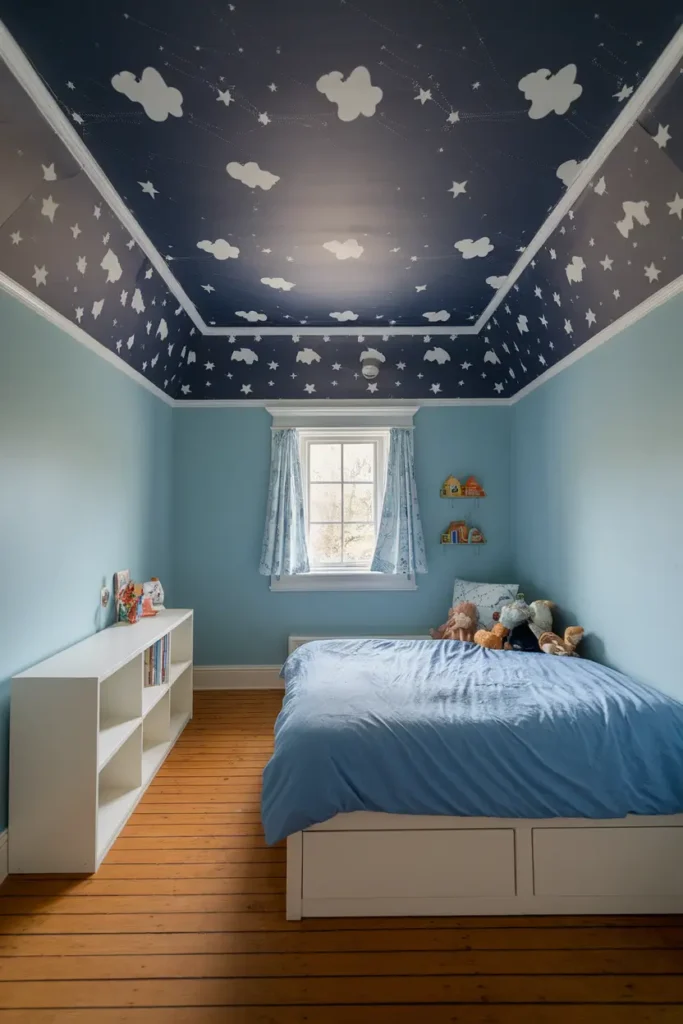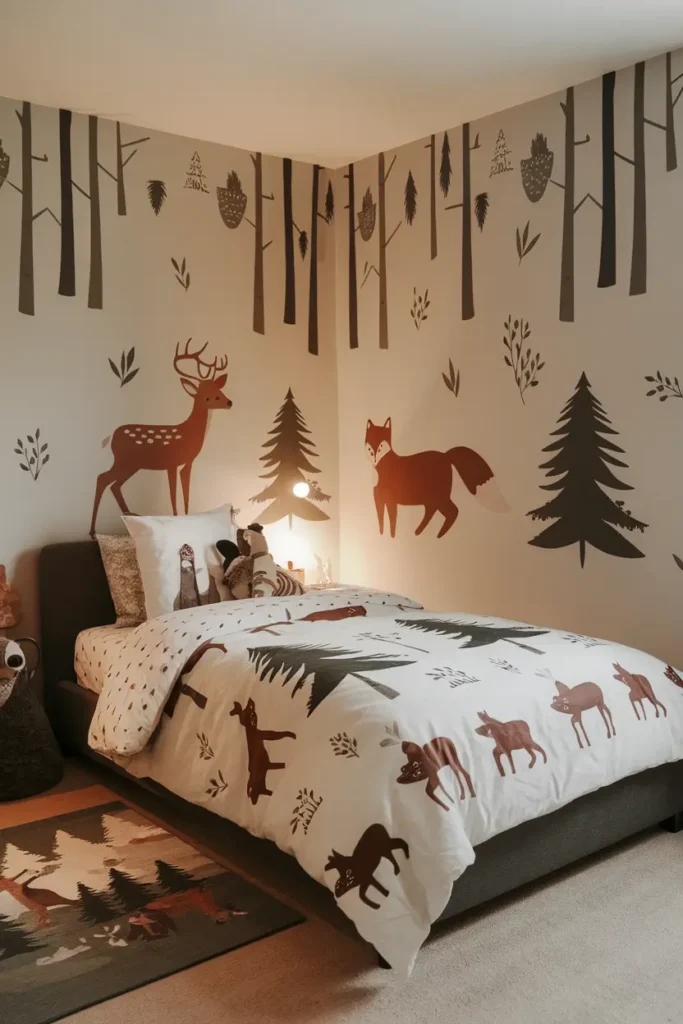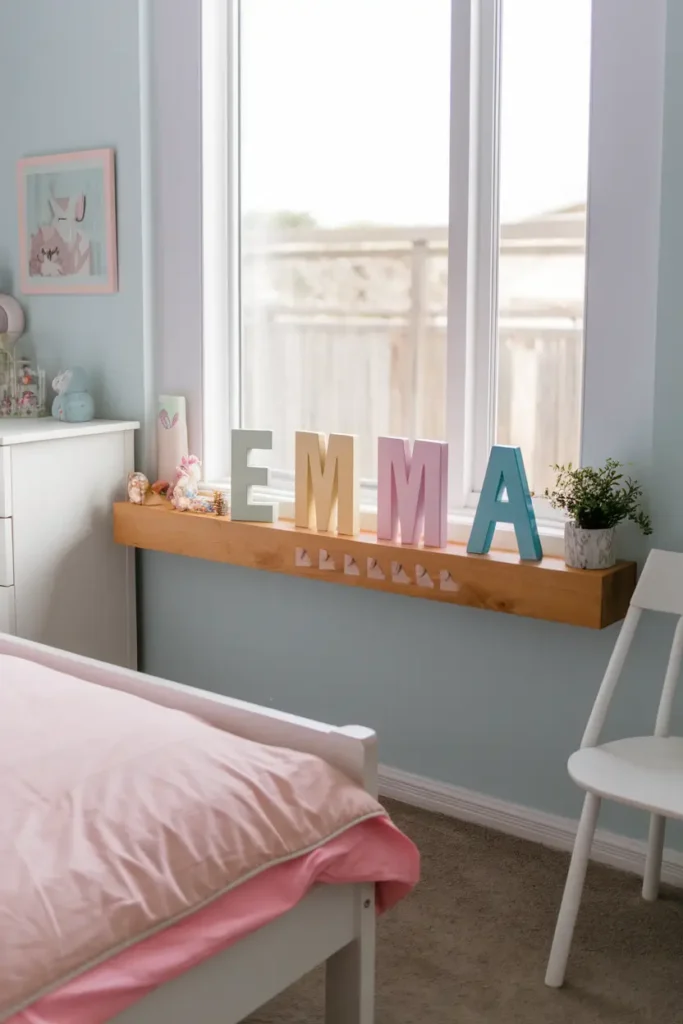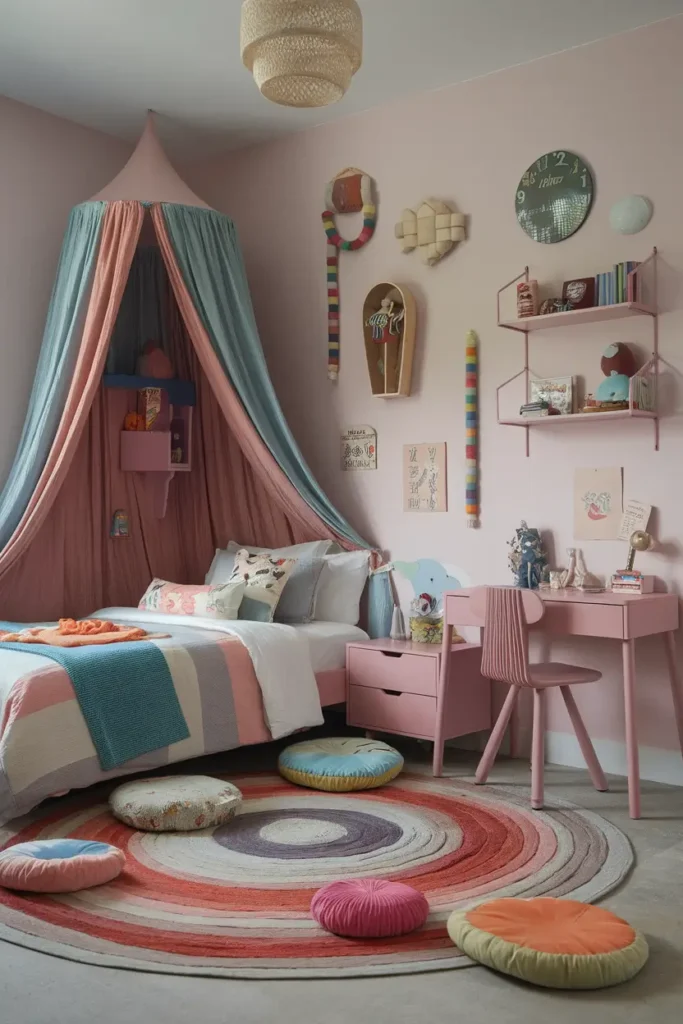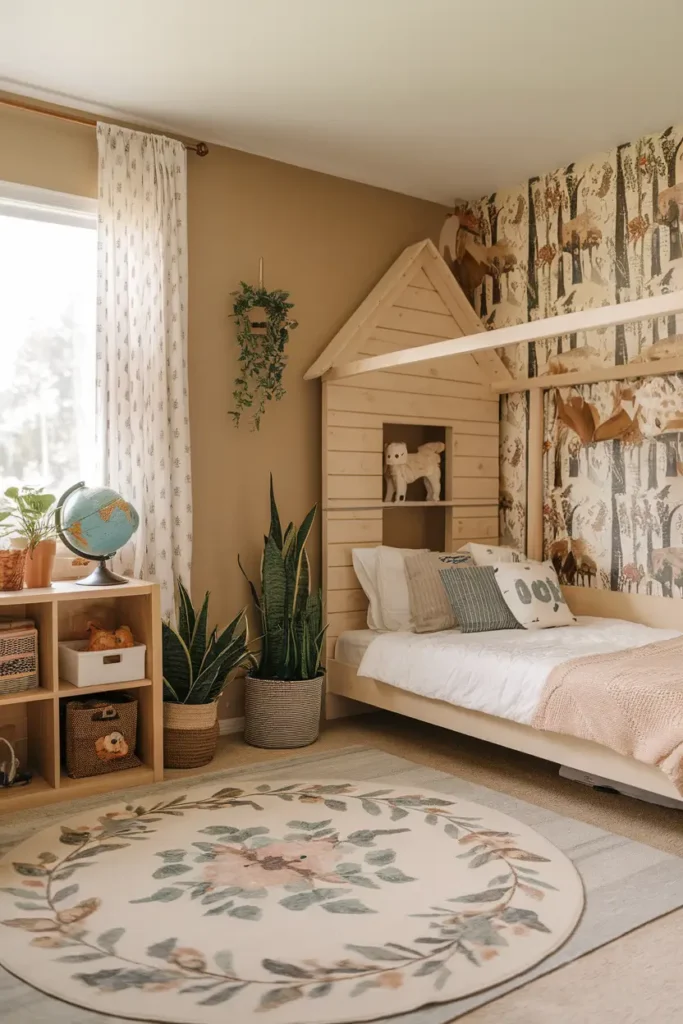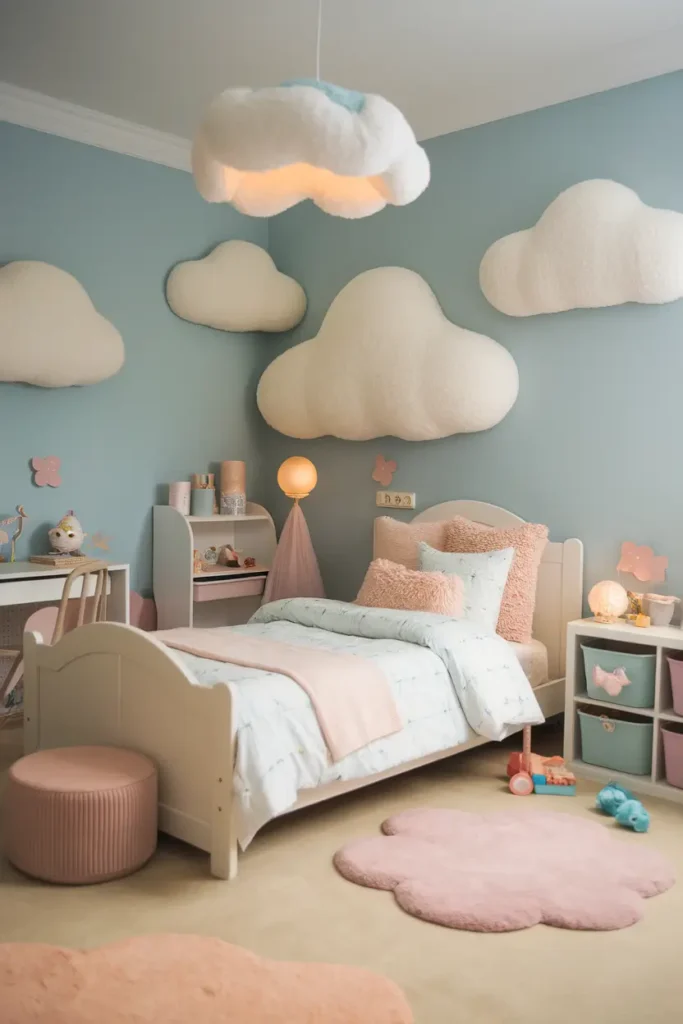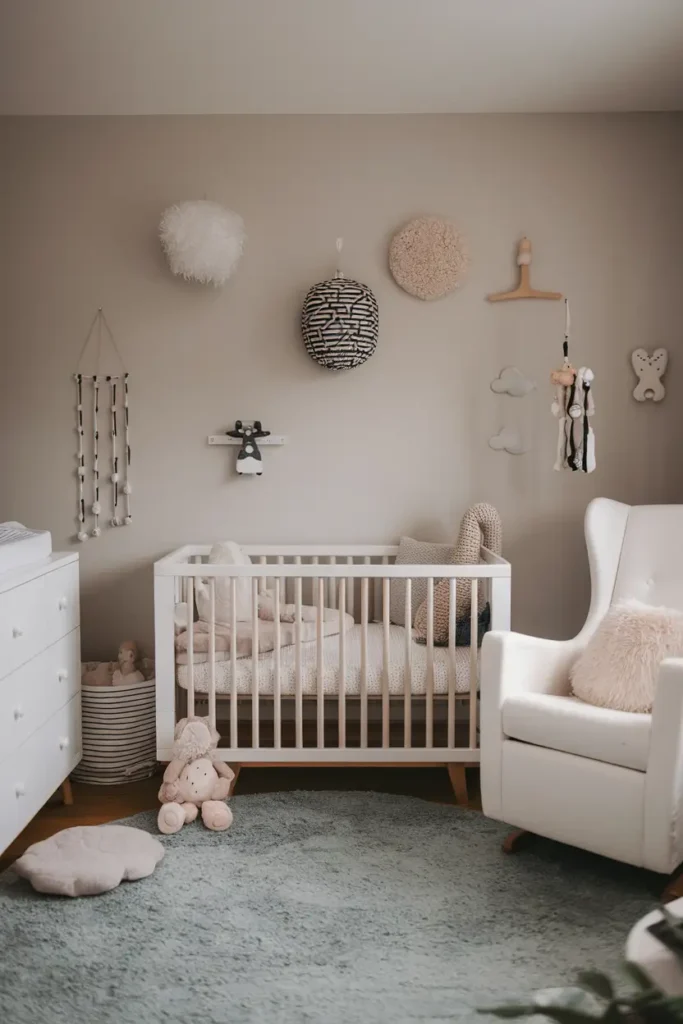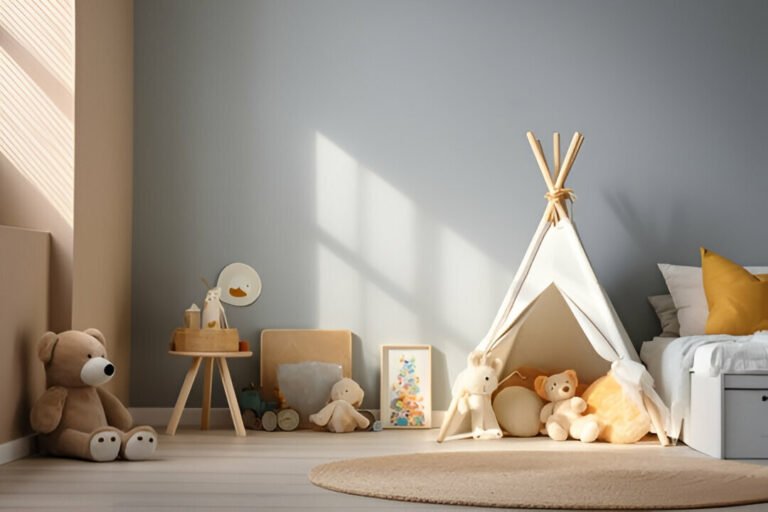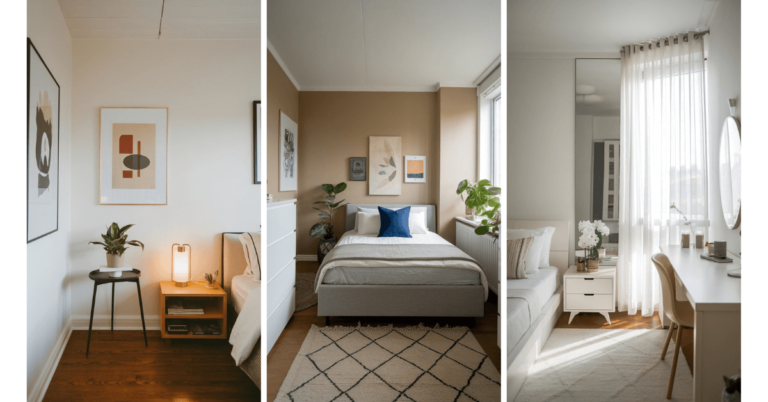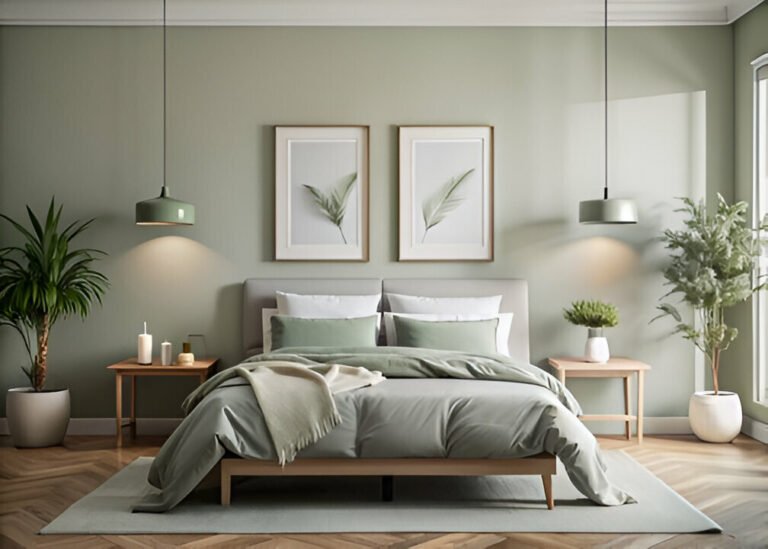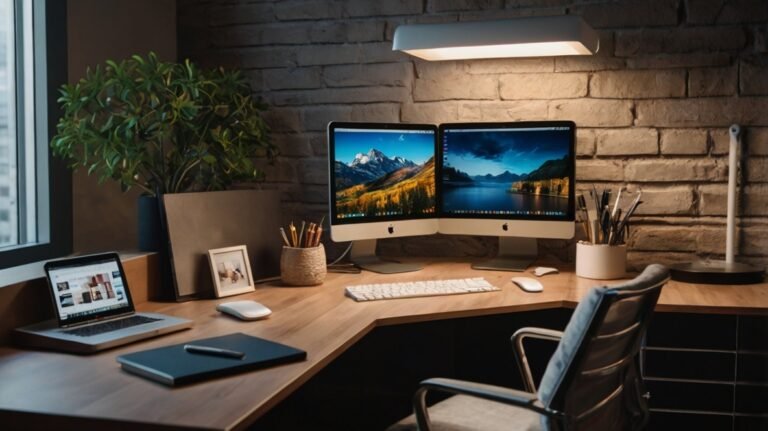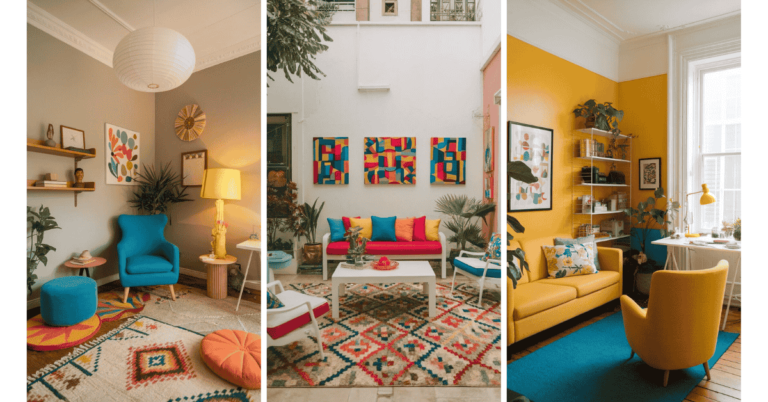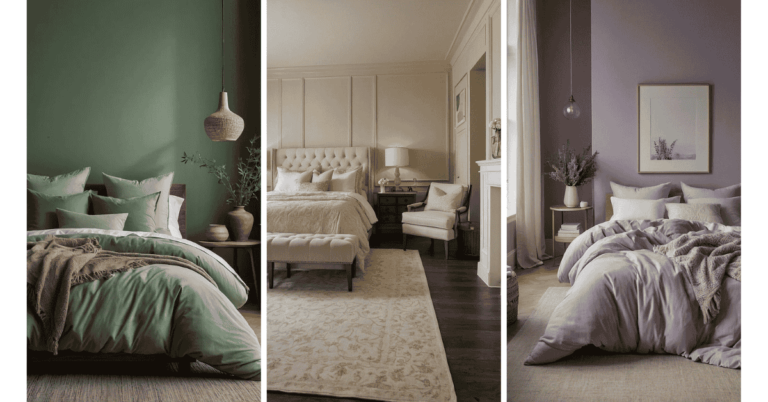20 Kids Bedroom Ideas – Fun & Creative Designs for Every Style
Designing a kid’s bedroom is a unique challenge. A child’s personal space isn’t just for sleeping; it’s where they play, learn, grow, and build their sense of self.
A well-thought-out design can inspire creativity, encourage organization, and support their developmental needs.
This article will share 20 fantastic design suggestions that balance functionality and playful aesthetics. Plus, we’ll answer common questions about budget and practicality along the way.
Key Considerations When Designing a Kids’ Bedroom
Before jumping into design ideas, here are a few essential factors to keep in mind when creating a space for your little ones.
- Functionality: Consider the room’s purpose. Is it just for sleeping, or will it also serve as a playroom and study area?
- Flexibility: Kids grow quickly, and their tastes change even faster! Choose designs and furniture that can adapt over time.
- Storage: From books to toys, kids accumulate a lot of stuff. Make sure the room can handle clutter with functional storage options.
- Safety: Avoid sharp edges, choose non-toxic materials, and make sure heavy furniture is secured to the wall.
20 Kids Bedroom Ideas
1. Matching Beds for Shared Spaces
For siblings sharing a bedroom, matching beds create a cohesive and harmonious look that ties the room together.
Choose beds with similar frames or linens, and let each child add their own touch with personalized bedding, unique throw pillows, or individual bedside decorations.
This way, they can express their personalities while maintaining a polished and stylish appearance for the shared space.
2. A Hobby-Focused Room
Instead of cluttering the room with random toys, design a space around their hobbies and interests. A dedicated corner with a swing, a mini basketball hoop, or even a small art station can make the room both fun and purpose-driven.
Encourage activities that spark creativity or physical play, like adding a reading nook for book lovers or a small stage for aspiring performers.
This approach turns the room into a meaningful and dynamic area they’ll love spending time in.
3. Neutral Tones with Vintage Accents
Neutral palettes like whites, creams, and soft grays are timeless and versatile, making them perfect for a child’s room that can grow with them.
Add character with vintage pieces, such as an antique wooden desk for homework, a bronze pendant lamp for warmth, or a vintage rug that adds texture and charm.
These accents give the room personality while maintaining a sense of sophistication that can evolve with your child’s tastes over the years.
4. Personalized Gallery Walls
Celebrate your child’s creativity by framing their artwork and turning it into a personalized gallery wall.
Choose a mix of frame sizes and colors to keep it visually interesting and easy to update as they create new masterpieces.
This not only decorates the room but also instills pride in their accomplishments, giving them a sense of ownership and joy every time they see their creations on display.
5. Cozy Bunk Beds
Bunk beds are ideal for shared bedrooms or maximizing space in smaller rooms. Choose sturdy wooden designs that can withstand years of use, and layer them with plush bedding, soft blankets, and throw pillows to create a cozy, inviting atmosphere.
Add a built-in ladder or storage drawers under the bunk to make the most of the available space. Bunk beds also double as a play zone, making them a functional and fun addition to the room.
6. Muted Color Palettes
Opt for calming, muted shades like soft blues, gentle pinks, or pale greens to create a serene atmosphere that helps your child relax and unwind.
These tones are versatile and work well with both subtle and bold decor additions, allowing you to easily refresh the room as your child’s preferences change.
A muted palette also promotes a sense of tranquility, making the space perfect for both rest and play.
7. Statement Furniture Pieces
Instead of sticking to traditional furniture, choose one or two standout items to make the room feel extra special.
A canopy bed can add a touch of whimsy, while a uniquely shaped chair or bold dresser can serve as a focal point for the space.
These pieces add personality and ensure the room feels unique and distinct, reflecting your child’s individuality and style.
8. Wallpapered Ceilings
Take your design to the next level by wallpapering the ceiling with a fun or whimsical pattern. This unexpected touch adds personality and color to the room without dominating the wall space.
From starry skies to floral prints, there are endless options to match your child’s interests. Pair the ceiling wallpaper with complementary wall colors to create a cohesive and playful look that feels exciting and unique.
9. Beach-Inspired Design
Bring the relaxing vibes of the ocean into your child’s room with a subtle beach-inspired theme.
Mix navy and teal accents with neutral whites and sandy beige tones for a calm, coastal feel. Add striped bedding, seashell decorations, or even a small surfboard for extra flair.
The result is a serene and refreshing space that feels like a mini getaway, perfect for kids who love the sea.
10. Built-In Study Nooks
Create a functional yet fun workspace for your child by designing a built-in study nook. Include a desk with ample storage, bright and colorful supplies, and a comfortable chair to make study time more enjoyable.
Add good lighting, such as a desk lamp or string lights, to brighten the space and make it feel inviting.
A thoughtfully designed study nook can spark focus and creativity, helping your child stay motivated and inspired.
11. Themed Room Décor
Introduce subtle themes like forest creatures, tropical vibes, or outer space to give the room a magical touch without feeling overwhelming. Incorporate elements like themed bedding, rugs, or wall art to bring the theme to life.
Use peel-and-stick decals for an easy, affordable way to update the look as your child grows or their interests change.
12. Accent Walls or Ceilings
Add personality to the room by painting an accent wall in a bold, vibrant color or using patterned wallpaper. This technique instantly brightens the space and creates a focal point.
For a creative twist, consider painting the ceiling with stars, clouds, or a splash of color to make the room feel unique and inviting.
13. Personalized Name Displays
Add a personal touch by incorporating your child’s name into the décor. Hang their name on a painted branch, display it with colorful wooden letters, or use decorative knick knacks that spell it out.
It’s a fun, temporary way to customize the room and can easily be updated to reflect their evolving tastes.
14. Maximalist Designs
For kids who love bold colors, patterns, and a sense of fun, embrace maximalist designs. Mix and match prints, textures, and quirky decorations to create a lively and playful atmosphere.
Think layered rugs, colorful cushions, and vibrant wall art to spark creativity and make the space their own.
15. Nature Explorer Themes
Bring the outdoors inside with a nature-inspired theme. Use floral prints, forest animal wallpaper, and natural wood finishes to create a serene, adventurous feel.
Add elements like potted plants, a faux treehouse bed, or a globe to encourage curiosity and foster a love for exploration.
16. Soft Cloud Designs
Create a dreamy oasis with whimsical details like cloud-themed wallpaper, soft puffy bedding, and pastel color palettes.
Add hanging cloud mobiles or fairy lights to complete the look. This design is perfect for younger kids who love imaginative, cozy spaces that feel magical and comforting.
17. 3D Wall Décor
Take wall décor to the next level by introducing 3D elements. Add pop-up animals, wooden cutouts, or hanging paper decorations that make the walls interactive and visually exciting. These tactile designs not only add dimension to the space but also encourage hands-on exploration and creativity.
18. Chic and Minimalist Nurseries
For younger children or babies, consider a chic and minimalist design. Combine sleek, modern furniture pieces with soft textures like plush rugs, cozy throws, and muted pastel tones.
This approach is practical and timeless, allowing the room to easily adapt as your baby grows and their needs change.
19. A Fun Reading Nook
Encourage a love for books by creating a cozy reading nook. Include a beanbag chair or cushioned seating, a small bookshelf stocked with age-appropriate books, and soft, warm lighting like string lights or a floor lamp.
Add a canopy or curtains to make the space feel like a private, magical retreat perfect for quiet moments.
20. Storage-Integrated Furniture
Make tidying up easier by choosing furniture with built-in storage solutions. Beds with pull-out drawers, shelves incorporated into headboards, or ottomans that double as toy chests are practical options.
These pieces help keep the room organized while maximizing floor space, making them ideal for smaller rooms or multi-functional spaces.
FAQs
How much does it cost to design a kids’ bedroom?
The cost varies depending on your choices. Basic DIY designs may run you a few hundred dollars, while a full redesign with custom furniture can cost several thousand. Focus on timeless pieces and functional furniture to maximize your investment.
What’s the best way to prepare for evolving tastes?
Stick to neutral walls and furniture, then bring your child’s personality into the mix with decor, bedding, and artwork. These are easier (and cheaper) to switch out as they grow.
Bottom Lines
Creating a well-thought-out kids’ bedroom is not just about appearances; it’s about giving your child a space that inspires creativity, curiosity, and comfort. By focusing on flexibility and functionality, you can design a room that grows with them, transforming alongside their evolving needs.
Inspired but not sure where to start? Browse our gallery of style ideas for personalized insights. Your dream design is just a few steps away!




